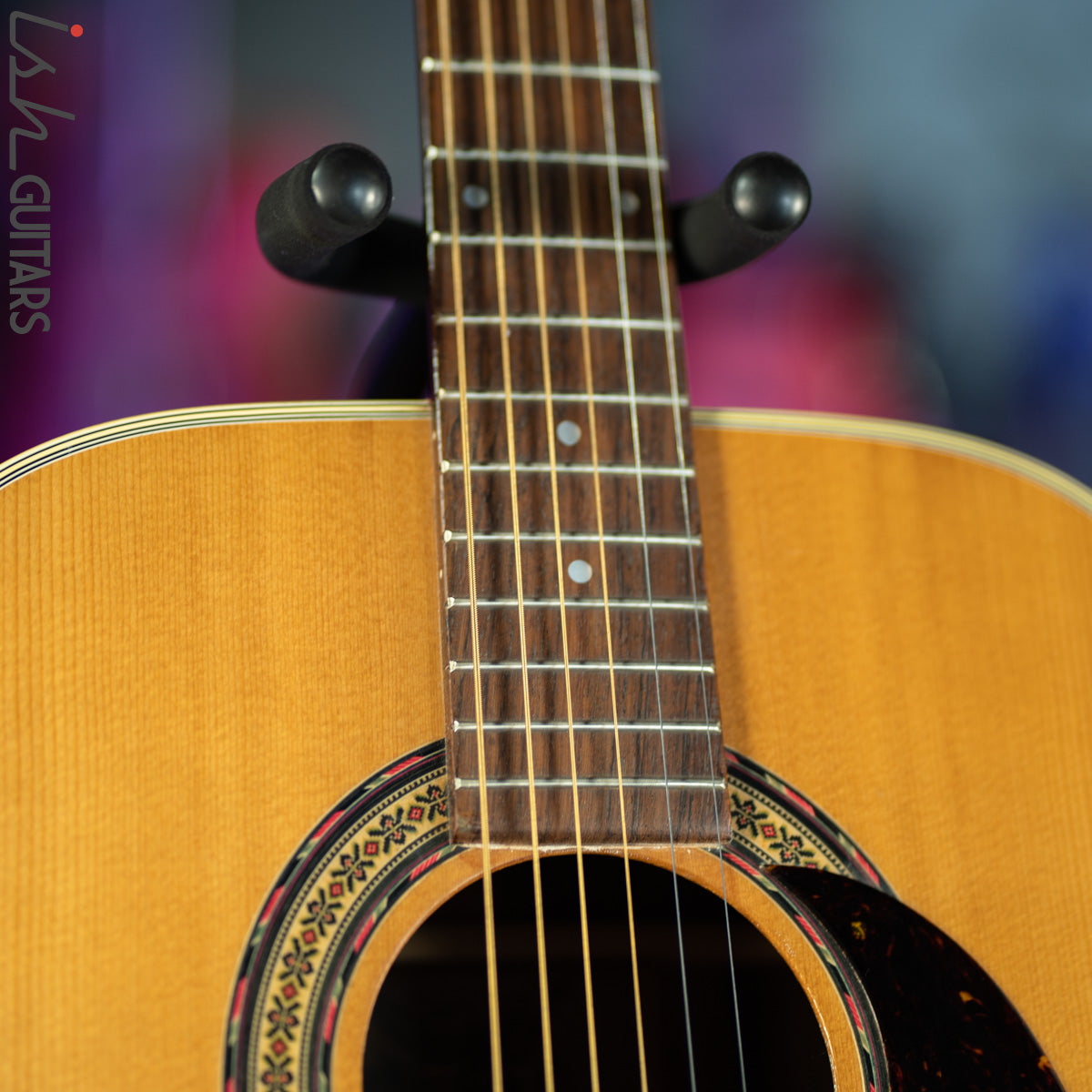

Neither forward-shifting nor scalloped bracing were Alvarez’s concept initially, but the inclusion here of construction techniques usually reserved for higher priced guitars again speaks volumes about the company’s emphasis on tone. The concept behind the design is to increase the area of the soundboard that is behind the bracing, thereby freeing that area to move more freely more movement – more volume and response.Īlso, both the X braces and asymmetric tone bars are scalloped which, again, serves to give the guitar’s top more room to ‘breathe’ and vibrate. The omnipresent X-brace design has been forward-shifted, pushing the axis of the X closer to the soundhole. It’s also good to see that Alvarez has given thought to the AD60’s bracing pattern, which is referred to as FST2. It gives further evidence of the company’s desire to produce guitars that squeeze every last drop of tonal performance out of the tonewoods employed. Much has been written about the impact the angle at which strings pass over the saddle has on a guitar’s output and performance, so it’s good to see Alvarez tick this box on what is an inexpensive guitar. This results in a greater string break angle. This type of bridge design is sometimes referred to as stepped, and the section of the bridge that accommodates the bridge pins is scooped-out and set four or five millimetres lower than where the bone saddle sits.

Atop the soundboard is a scoop-shaped black coloured pickguard, a dual-ring soundhole rosette – one of which is pearloid – and the distinctive Alvarez bridge which is ‘bi-level’. Mahogany is also used for the two-piece, low-profile ‘C’-shaped neck. The AD60’s back and sides are a mahogany laminate with the back again being book-matched. The same material binds either side of the rosewood fretboard and also serves as the heel cap. Both the top and back of the guitar has been bound with an ivory-coloured, aged-effect binding that is augmented with a double-tracked, black pinstripe (top only).

The AD60 is constructed with a solid, supplier-graded, A+ Sitka spruce book-matched top that possesses a near ruler-straight, well-defined grain. Side by side with a Martin D-18, the AD60 is identical, but from having a deeper body by two millimetres. In terms of its dimensions, the AD60 is every inch a full-bodied dreadnought.


 0 kommentar(er)
0 kommentar(er)
